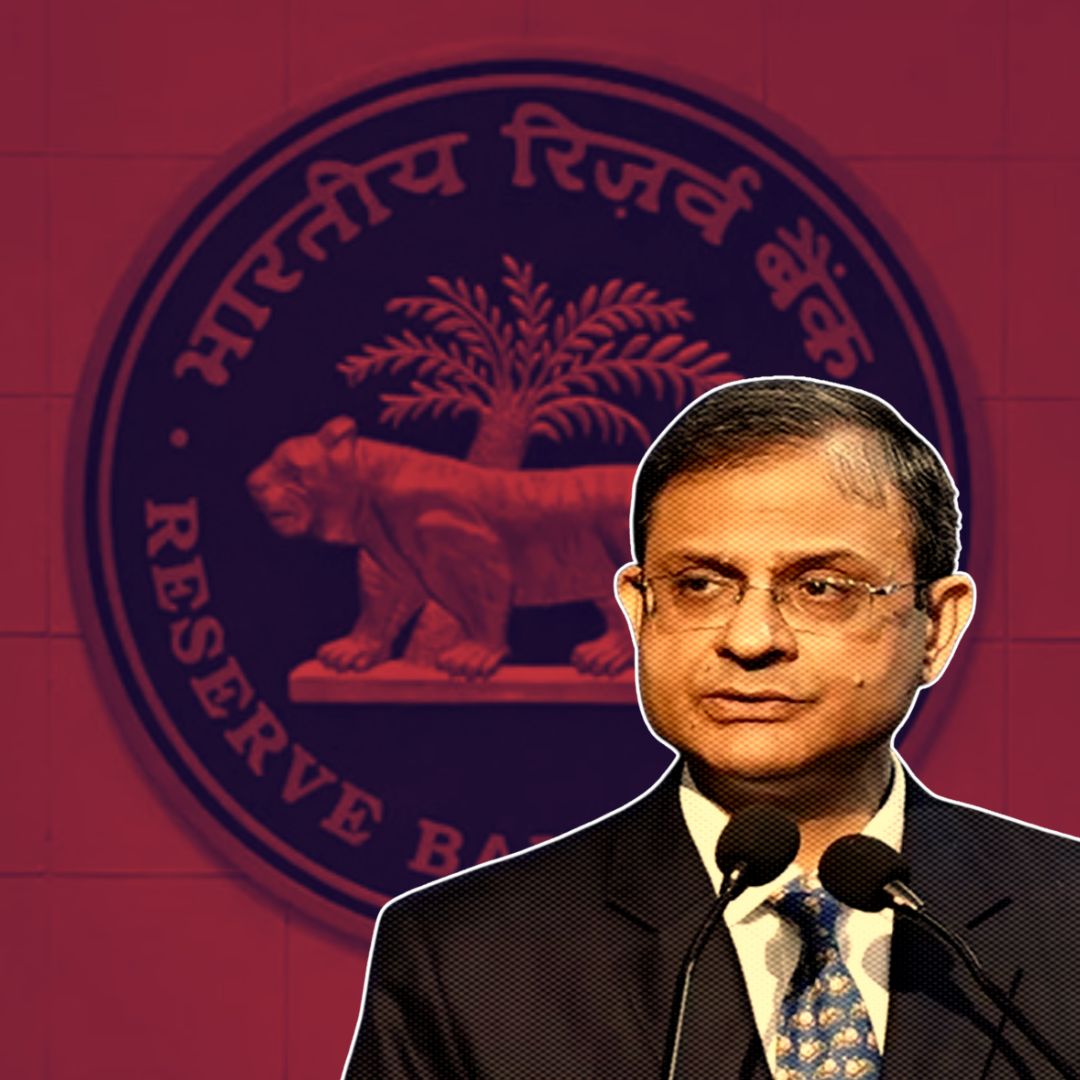The Reserve Bank of India (RBI) has reduced the repo rate by 25 basis points to 6%, marking its second consecutive cut under Governor Sanjay Malhotra. This decision shifts the RBI’s stance from neutral to accommodative, aiming to support economic growth amidst global uncertainties, including the imposition of a 26% tariff by the US on Indian exports.
The rate cut is expected to ease financing pressures and accelerate projects, benefiting consumers and businesses. Retail inflation remains moderate at 3.61% in February 2025, below the RBI’s target of 4%. This move is part of a broader strategy to mitigate the effects of global economic challenges and maintain stability in the financial system.
Economic Impact and Insights
The RBI’s decision reflects its efforts to bolster economic growth, which faces challenges from global trade tensions. Governor Sanjay Malhotra noted that higher tariffs will impact net exports, emphasizing the need for supportive monetary policies.
The rate cut is expected to lower external benchmark lending rates, making loans cheaper for consumers. This comes as India’s economy is estimated to have grown by 6.5% in the last fiscal year, its slowest pace since the pandemic.
The US tariffs are expected to shave off 20 to 40 basis points from India’s projected growth, prompting institutions like Goldman Sachs to revise their GDP forecasts downward. Additionally, the RBI has revised its GDP growth forecast for FY 2025-26 to 6.5% from 6.7% earlier, reflecting the impact of global uncertainties.
Background and Context
The RBI’s move is part of a broader strategy to mitigate the effects of global economic uncertainties. The recent imposition of tariffs by the US, including a 26% levy on Indian exports, poses significant challenges for India’s export-driven sectors.
The RBI has been proactive, providing liquidity support and cutting rates to maintain economic stability. This is the second consecutive rate cut under Governor Malhotra, following a similar reduction in February. The shift to an accommodative stance indicates that the RBI is prepared to take further measures to support growth if needed.
Historically, such rate cuts have led to increased consumer spending and investment in sectors like real estate and manufacturing.
Global Trade Implications
The ongoing trade tensions between major economies, including the US tariffs on Indian exports, highlight the need for robust economic strategies. India must navigate these challenges while maintaining its growth trajectory.
The RBI’s accommodative stance is a step in this direction, but it also underscores the importance of international cooperation in resolving trade disputes. The World Trade Organization (WTO) has been urging countries to avoid protectionist policies, emphasizing the need for multilateral agreements to stabilize global trade.
India’s participation in regional trade agreements like the Regional Comprehensive Economic Partnership (RCEP) could provide alternative markets and mitigate the impact of US tariffs.
The Logical Indian’s Perspective
The RBI’s decision to cut the repo rate and adopt an accommodative stance reflects a proactive approach to managing economic challenges. This move not only benefits consumers by reducing loan costs but also signals the RBI’s commitment to supporting economic growth.
However, it’s crucial to consider the broader implications of global trade tensions and how they might impact India’s economy in the long term.
As we navigate these complexities, it’s essential to foster dialogue and cooperation both domestically and internationally. How do you think India can balance its economic growth with the challenges posed by global trade uncertainties, and what role should international cooperation play in addressing these issues?












